Visiting Spain in March is the perfect way to blow away the winter cobwebs and embrace the promise of spring. The cold weather is receding, leaving beautifully mild temperatures in its wake, just perfect for outdoor adventures. And the festival calendar – which barely took a break over winter – is bursting with events and celebrations once more.
In March, Spain welcomes you to Valencia for the famous Las Fallas festival and tempts you to wineries where vines bud with new life. It invites you to explore springtime landscapes and experience traditions from the ancient to the bizarre. And all this amidst the low crowds and reasonable prices of the shoulder season. What more could you want from your spring holiday?
So, whether it’s cultural immersion, adrenaline activities or a relaxing escape you’re after, our top 10 things to see and do in Spain in March have something for you. Let’s dive in so you can start planning your trip!
- Get loud!
- Walk out of winter
- Extra anchovies
- Miles of fun
- Spring fiestas
- Wine not
- Capes at the ready
- Island living
- Blooming lovely
- Sardine, we hardly knew ye!
First things first: What’s the weather doing?
March brings hints of the spring and summer to Spain, but it hasn’t completely shaken off the winter. The month is marked by mild to warm days, cooler evenings and temperatures ranging roughly from 4°C to 21°C depending on the region. It’s also known for being a changeable month, with occasional showers.
There’s still plenty of snow in the Pyrenees and Sierra Nevada mountains, so expect the coldest temperatures there. Northern areas, including Bilbao and the Basque Country, are still chilly, with temperatures between 7°C and 14°C. In Madrid and central Spain, you’ll enjoy pleasant days but cooler evenings, while on the eastern Mediterranean coast, including Barcelona, things are noticeably warming up with highs of 18°C.
In southern Andalucía, there are real hints of summer as the mercury starts to climb. March is the perfect time to explore cities like Seville and Granada, which have highs of 20°C in March but will be scorching hot in a couple of months.
Now that you know what weather to expect, let’s start filling up your itinerary.
Get loud!
Undoubtedly, the biggest event in Spain in March is Valencia’s Las Fallas festival. This raucous event runs from March 1st to 19th and marks the start of spring with much drinking, dancing, feasting, and noise – so much noise!
The festival days start early with the Despertà when brass bands march up and down the streets playing and throwing fireworks to literally ‘wake up the city’. In addition, there are daily fireworks shows, some of which focus purely on creating a crescendo rather than a visual display.
But the noise isn’t even the main thing. Las Fallas is famous for its towering cardboard and papier-mâché figures, known as ninots. These incredible creations take months to construct from cardboard, papier-mâché, wood and plaster and often depict detailed scenes or cartoons satirising local or world events. These giants are marched and paraded through the festival until the last night when they are ceremoniously burnt on huge bonfires accompanied by yet more fireworks.
Las Fallas is a loud, smokey, crowded festival that pulsates with energy and is a fantastic way to welcome in the spring! If you fancy being in the middle of it, book accommodation in Valencia well in advance before the city fills up! If it sounds a bit much for you, check out smaller versions of Las Fallas in Alzira, Sagunto and other towns of the Valencia region.
Walk out of winter
Shake off the winter stupor by getting those walking boots on and heading into nature. March is a great time for hiking in Spain as it’s no longer cold but not yet uncomfortably warm. The skies are clear, and the snow melting from the mountains feeds beautiful waterfalls and ice-cold rivers. The early spring landscapes are stunning, and the trails are serene before the summer crowds start to arrive.
The Picos de Europa, with their snow-capped peaks and lush valleys, provide an epic playground for any hiker in northern Spain. Spring is ideal for exploring trails like the Cares Gorge, a relatively easy 11 kilometre riverside route through dramatic gorges and tunnels. This trail is one of the most popular in Spain and gets very busy later in the year.
For experienced hikers, the ascent to Torre de Cerredo, the highest peak in the range, offers a more challenging adventure. Check the conditions carefully and pack appropriate gear for this one, as there is still snow on the ground in March, and the weather can change. And keep your eyes on the sky because in March you might see migratory birds like the Griffon Vulture and the Golden Eagle returning to the region.
The Caminito del Rey in Malaga is an exhilarating option in southern Spain. This eight kilometre trail was once considered one of the world’s most dangerous paths. It has now been fully restored, but is still guaranteed to get the adrenaline pumping as it involves traversing narrow wooden walkways suspended from sheer cliffs, 100 metres over the Guadalhorce River. But the views make every breathtaking step worth it!
And, of course, there’s Spain’s most famous trail, the Camino de Santiago. If you fancy tackling all or part of this popular pilgrimage, we recommend doing so in spring for a much more serene experience than summer offers.
Whether you’re a seasoned hiker or just getting a taste for it, Spain offers a variety of terrains to suit every level. Oviedo, Asturias makes the perfect base for tackling the Camino de Santiago and trails in the Picos de Europa. Or look for accommodation in Malaga for easy access to the spectacular Caminito del Rey.
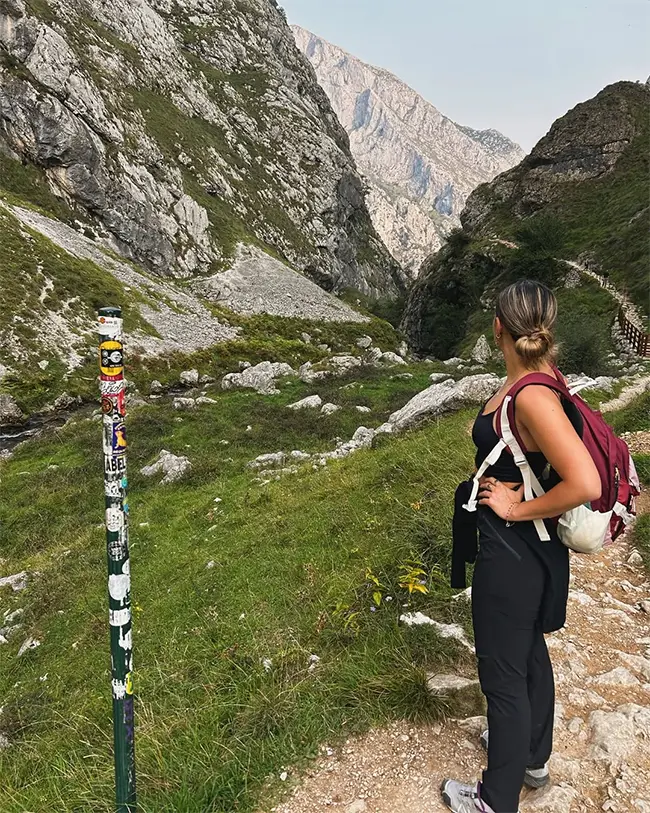
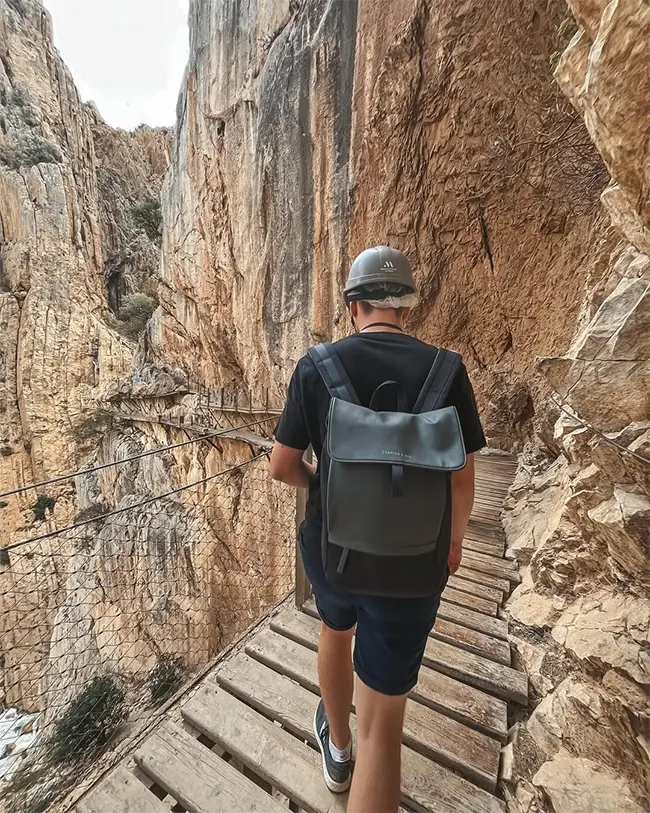
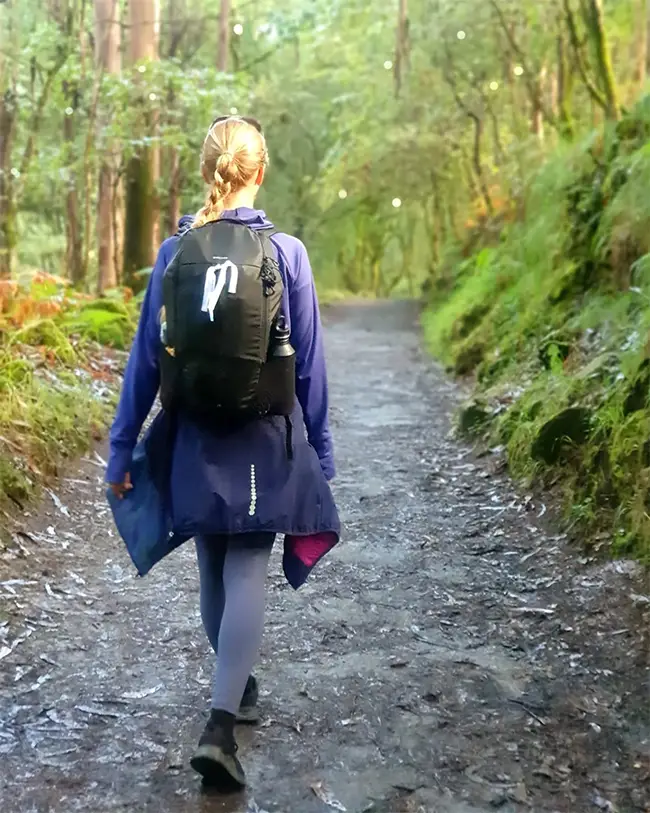
Extra anchovies
Since Spain is blessed with huge coastlines spanning two seas, it’s no wonder it’s known for its signature seafood. Over the year, we’ve highlighted not one but two octopus festivals occurring in Spain, but in March, it’s the humble anchovy’s turn to be celebrated!
Fans of these salty little fishes should head north in March for the start of Anchovy Season when massive schools swim through the Cantabrian Sea to get scooped up by fishing boats. The season runs until June, but the later it goes on, more of each catch is destined to be cured and canned. The very start of the season, March, is the time to enjoy this delicacy fresh from the ocean.
You’ll find them heaped on ice in local fish markets so you can have a go at cooking them yourself. Or look for them popping up on menus across the northern coast, especially in the country’s foodie capital, San Sebastian. They are often cooked simply but deliciously: fried in olive oil and garlic for a main dish or marinated in vinegar and served as a tapa.
If all you’ve ever had is the tinned variety, and your taste buds are tingling at the idea of trying them fresh from the waves, search for accommodation along the Cantabraian or Basque Country coast to sate your appetite.
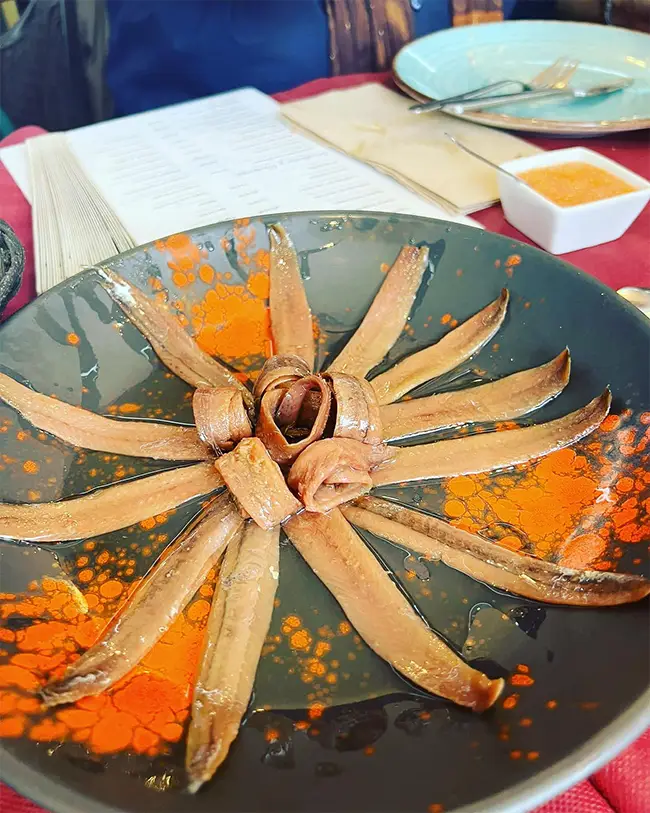

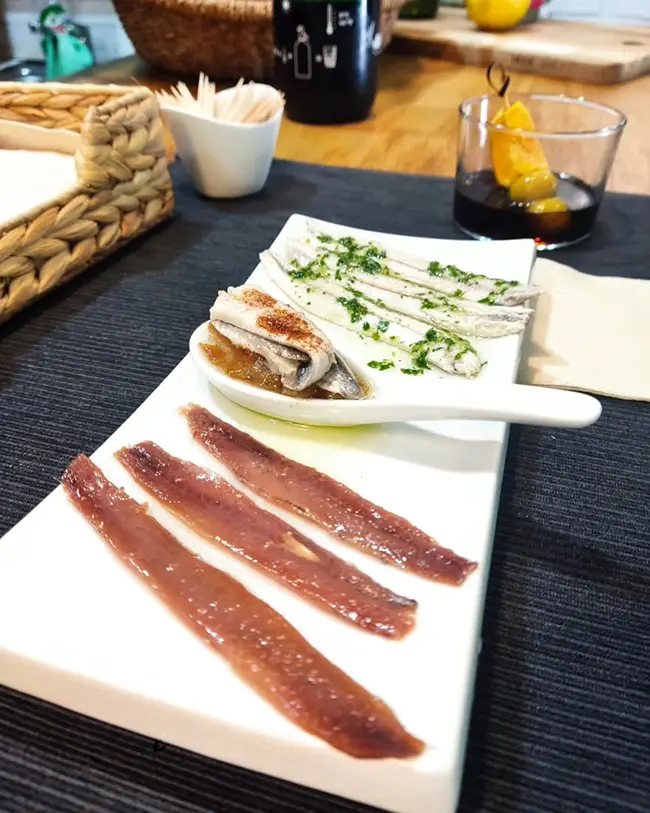
Miles of fun
Those looking to experience Barcelona in a new way have that chance on 16th March with the Barcelona Marathon. This race is known for having a supportive, friendly and entertaining atmosphere that’s fun for participants and spectators alike. In addition, the new route for 2025 is designed to take runners through the heart of the city past as many iconic sights as possible.
You’ll start at the Plaça de Catalunya, run past Gaudi’s Sagrada Família and La Pedrera, down the Avenue Diagonal, around Parc de la Ciutadella, and along the famous waterfront before finishing beneath the Arc de Triomf. Who could ask for a better setting?
If you don’t feel up to the full marathon, a variety of events are happening the day before. Including the non-competitive Breakfast Run, a 4 km route that ends with breakfast! Perfect! There are also 200 to 800 metres kids’ races where everyone gets a medal.
And if you don’t want to run at all, how about competing for a supporters award instead? The marathon route has around 25 ‘hot spots’ along it where supporters gather to entertain and motivate the runners. The best hot spot wins a prize!
A great night’s sleep is essential when planning to run the Barcelona Marathon and recover afterwards! Book your perfect bed today to make sure you’re prepared. Perhaps search for somewhere with no stairs!
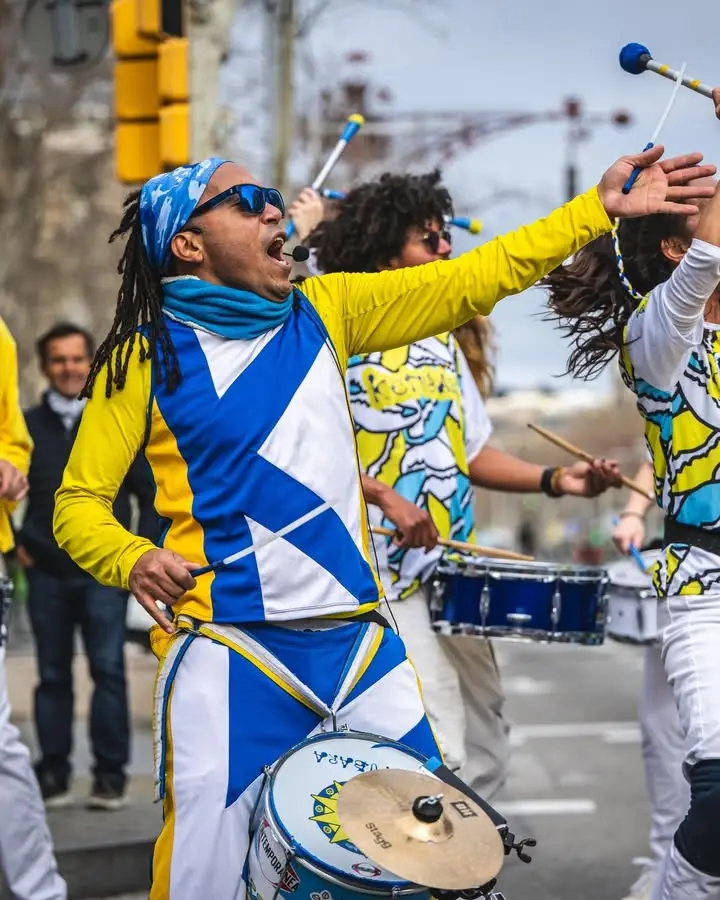


Spring fiestas
Las Fallas is far from the only festival happening this month! Here are some of the others to check out in Spain in March:
- Jerez Flamenco Festival, Andalucía: This showcase of everything Jerez does best kicked off in February and continues into the first week of March. Visitors and performers from all over the world arrive at this annual showcase of flamenco music, song, and dance, all accompanied by the region’s famous sherry.
- Balearic Day, Balearic Islands: 1st March is a National Holiday on the Balearic Islands to commemorate the signing of their Statute of Autonomy in 1983. The day is marked by parties, parades, and events across all the main islands. Palma, Mallorca is the site of the biggest celebrations on the actual day, while Ibiza celebrates with a full ten days of events.
- Sant Medir, Barcelona: If you’re in Barcelona on 3rd March, head to the elegant Gràcia neighbourhood for the family-friendly Sant Medir festival. The parade features costumed characters, horses, carriages, and marching bands, but the main focus is the candy that’s thrown into the crowd from the parade. Take a bag with you to collect your sweet swag!
- Festival of La Magdalena: This festival, held on the third Saturday of Lent, marks the founding of Castellón de la Plana, an hour’s drive north of Valencia. For nine days the city comes alive with traditional music, parades, and street celebrations. It’s a key cultural event in the region and is named a Festival of International Tourist Interest.
- Tango Festival, Granada: This festival started in the 80’s in response to the growing enthusiasm for the Argentinian dance in Spain, and it’s now one of the most anticipated events on Granada’s calendar. This five-day festival attracts tango lovers from across the globe who come to celebrate the art and enjoy workshops, courses, and performances across the city.
If you’d like to experience one of Spain’s must-see cultural or dance festivals in March, be sure to book your ideal accommodation early, as things can get busy around festival dates!

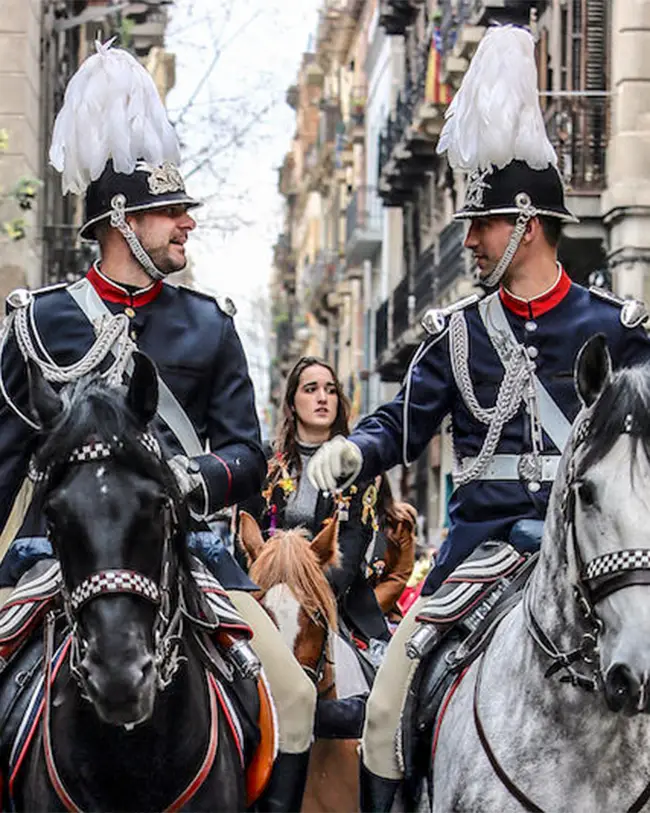

Wine not
If you’re looking for a great way out of your winter blues, heading to the Rioja region to sample a little wine, it is guaranteed to do just that.
Whether you’re a seasoned oenophile or a newcomer to wine tasting, March is a fantastic time to explore Spain’s most famous vineyards. Temperatures are climbing, with averages of 14°C but highs creeping towards 20°C. It’s perfect weather to wander through the beautiful vineyards and admire the first signs of the new season’s growth.
Plus, it is a very peaceful time to visit the vineyards. Harvest season is many months away, and tourist season only gets underway in May, so you’ll have your pick of tours and tastings and can enjoy more in-depth, personalised experiences than you’ll get in the busy summer and autumn months.
As you tour the vineyards, you’ll discover the winemaking process, dive into the rich history of Rioja and learn why this region’s wine is such a winner. And though the area is known for its reds, there are excellent whites and rosés too, so be sure to sample them all. And don’t forget to eat! Many wineries offer tastings paired with seasonal local delicacies, and you can be sure the restaurants of this region have extensive local wine lists!
Can’t decide which winery to visit? Why choose one? Make viticulture the focus of your trip and road trip through the region, stopping at famous vineyards, sampling wines and staying in gorgeous hotels along the way. Take a look at the range of beautiful accommodation options available in Haro, Logroño, Laguardia or elsewhere in Rioja now, then start educating your palate!

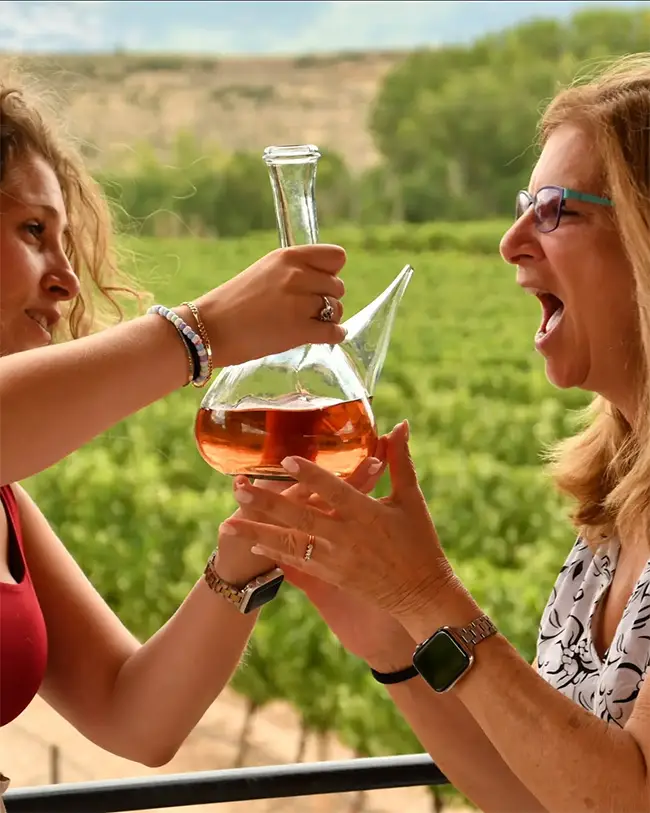

Capes at the ready
The bullfighting season in Spain kicks off in March, marking the beginning of this controversial but deeply rooted tradition. Although bullfighting is a violent sport, often ending with the death of the bull and injuries to the matadors, it remains a significant part of Spanish culture. However, its future is uncertain, with growing opposition and activists pushing for it to be banned. Several Latin American countries like Cuba and Argentina have already outlawed the practice.
In Spain, opinion is split. Some cities and regions have stopped bullfights altogether, but many have not. Cities like Pamplona, Seville, and Ronda still celebrate the ancient art form, honouring its cultural roots, using it to mark significant events and relying on it for revenue from tourists and locals alike.
Valencia is another city where this sport still occurs, and their season kicks off with a bang in March with several fights as part of the Las Fallas celebrations. Madrid also draws huge crowds for the season’s start in its famous Las Ventas Bullring, one of the largest in the world. Here, nearly 24,000 spectators can gather to watch the dramatic spectacle as man faces off against beast.
Do you fancy watching this sport that, despite controversy, remains a deeply rooted part of Spanish tradition? Book accommodation in Madrid, Seville, Ronda or Valencia to catch the start of bullfighting season.
Island living
Planning a trip to Spain in March but can’t decide where to visit? Might we suggest Mallorca? The largest of the Balearic Islands is beautiful all year round, but in March, it really is the place to be! With only an average of 7 days of rain in the month and mild daily temperatures averaging between 14 – 18°C you can leave thoughts of winter behind and throw yourself into the multitude of activities available!
- Arrive in the islands on 1st March for the Day of the Baelerics when they celebrate autonomy with parades and street parties. Head to Palma for the biggest celebrations.
- Hike through the Serra de Tramuntana mountains, take a stroll beneath thousands of blossoming almond trees, or wander the island’s many beaches before the summer crowds arrive. It might even be warm enough for a midday swim!
- If you don’t fancy walking, why not explore the island via a quad bike or buggy tour instead?
- Visit the Fira del Fang pottery fair in Marratxí, celebrating the exquisite handmade ceramics unique to the town and island. Shop for beautiful souvenirs and learn to make them at one of the workshops.
- Join the island’s road biking enthusiasts and cycle the winding roads of the Cap de Formentor peninsula.
- Watch the Rally de la Isla de Mallorca, a three-day motor racing event covering 500 kilometres across 14 stages, which attracts drivers from all over Europe. Visit Puerto Portals, the ultra-luxury marina area south of Palma, to see the cars – from classic to eccentric – gathered in honour of the race.
- Join sailing crews in the Bay of Palma, where they make the most of some of Europe’s best winter training conditions before racing in the Mallorca Sailing Center Regatta, followed by the Trofeo Princesa Sofía.
In short, whether you’re looking for outdoor adventures, cultural experiences, or scenic beauty, Mallorca is the place to be in Spain in March. Check out the range of accommodations on offer now, then plan your itinerary so you don’t miss a thing.

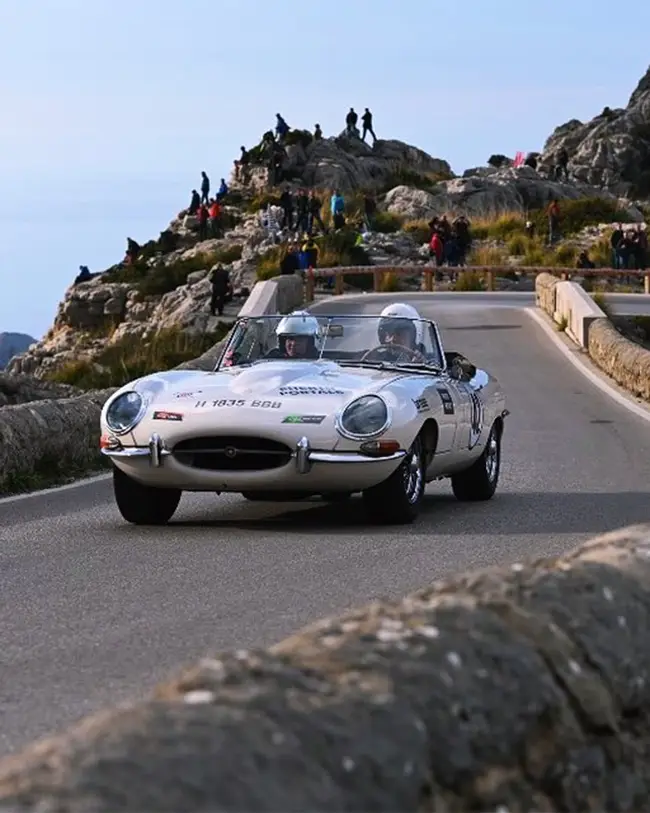
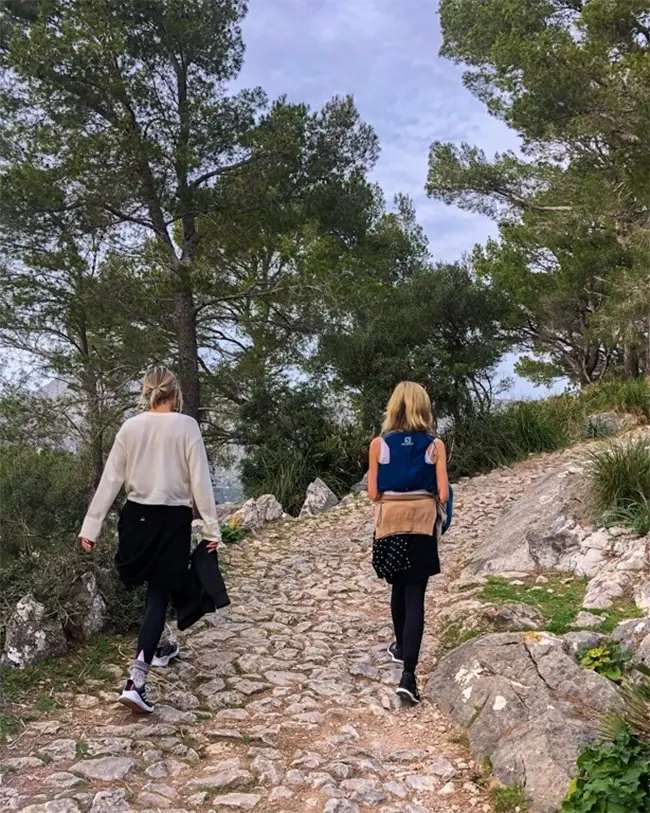
Blooming lovely
Everyone’s heard of Japan’s famous cherry blossom season, but did you know you can marvel at the phenomenon in Spain, too?
The Jerte Valley in Extremadura has a short but stunning cherry blossom season. It only lasts a few weeks, from late March to early April, but since there are more than a million cherry trees in the valley, the visual impact is impressive. The abundance of delicate white blooms turns the valley so white it looks like the winter snows have returned, and it’s a fantastic photo opportunity.
The blossoms mark the changing of the season, and the locals take the opportunity to celebrate spring’s arrival by hosting cherry blossom festivals complete with medieval markets, cultural performances, exhibitions, live music, food and wine.
Fancy wandering amidst the cherry blossoms? Search for accommodation in the Cáceres region of Extremadura to be in the heart of the beauty.


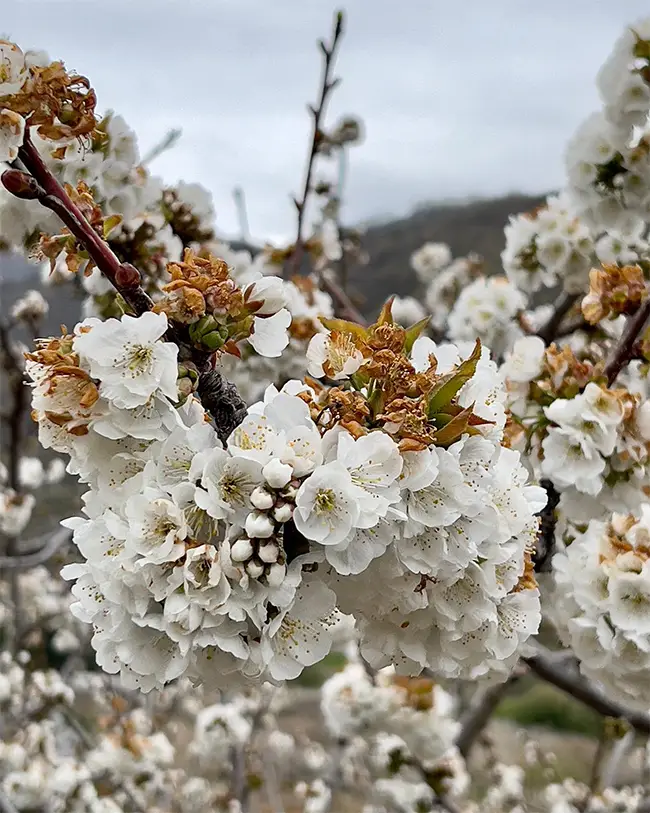
Sardine, we hardly knew ye!
In February, we told you about Carnival season, one of the most colourful and chaotic times to visit Spain. And it’s not over yet! Carnival’s dates are linked to Easter, and since Easter falls quite late in 2025, the celebrations spill over into March.
So if your holiday falls at the start of the month, you’ll catch the last carnival parades and parties. You can also watch the closing ceremonies, many of which include a bizarre tradition, The Burial of the Sardine.
Yes, you read that right. Several towns and cities in Spain close their Carnival season with the Burial of the Sardine on Ash Wednesday (25th March 2025). This symbolic event marks the transition from the joyous opulence of Carnival to the solemn days of Lent.
The sardine in question is a large papier-mâché construction complete with a comedic face. This effigy is carried through the streets of the town in a parade that mimics a funeral procession, complete with pallbearers and costumed mourners. Expect to see many wailing ‘Sardine Widows’ played by men in drag and ‘priests’ who are there to pardon any sins committed during Carnival (of which there are many).
When the parade reaches its final destination, the Sardine is ceremoniously burnt, buried or thrown into the sea, marking the end of frivolity and excess and the start of a more contemplative and spiritual time.
This lighthearted ritual is a quirky must-see if you’re in Spain on Ash Wednesday, and since it’s observed all over Spain, you’ll stand a good chance of catching it. The most famous Burials of the Sardine take place in Madrid, Cádiz, Tenerife, and Mallorca. So book your accommodation early to get a front-row seat to the fish funeral you never knew you wanted to see!
Note: don’t head to Murcia by mistake! They have a very famous Sardine burial, but they hold it after the Easter celebrations instead of before.
Top tips for travelling in Spain in March
Not sure what to pack or how to plan for an early spring trip? We’ve got you covered with these top tips for a holiday in Spain in March:
- Spring is here, and in some areas, it may even feel like summer is on its way. But March is a changeable month, so pack light layers for daytime and warmer layers and jackets for the chilly evenings. Also, it never hurts to pack an umbrella, just in case.
- The sun might not have reached its peak yet, but it’s still strong. If you’re enjoying the outdoors, remember your sunglasses, hat and sunscreen.
- Although peak tourist season hasn’t started yet, some dates in March can be busy – especially the end of Carnival and during Las Fallas in Valencia – so book accommodation ahead of time to avoid disappointment.
- Similarly, if you’re travelling during special days such as Las Fallas or the Day of the Balearics, you might find businesses keeping irregular hours or closing altogether. Check ahead for opening hours if there’s somewhere you particularly want to visit.
- Spain observes daylight savings time, which means that on the last Sunday of March, at 2am, the clocks go forward to 3am. If you’re flying or taking public transport on the following days, don’t get caught out!
So what do you think of our top 10 things to do in Spain in March?
Are you dreaming of an early spring holiday where you wander through vineyards and cherry blossom groves, sipping red wine and dining on freshly caught fish? Do you fancy racing through the streets of Barcelona, quad biking the mountains of Mallorca, or hiking the epic trails of the Picos de Europa? Maybe you just want to say you were there when they buried the sardine?
Whichever activity has captured your imagination, make it a reality by booking accommodation in the perfect spot today!
What about next month? Here’s our guide to the top 10 things to do in Spain in April.
I am a huge fan of Spain and knew I would be before I’d ever set foot there. Any country where meals last for hours and afternoon naps are part of the culture is always going to be right up my street! And it did not disappoint. From beach holidays in the Canaries to working in the Balearics to road-tripping through the mainland and city breaks in the country’s urban hubs, I have returned again and again to Spain and will continue to do so for years to come.
